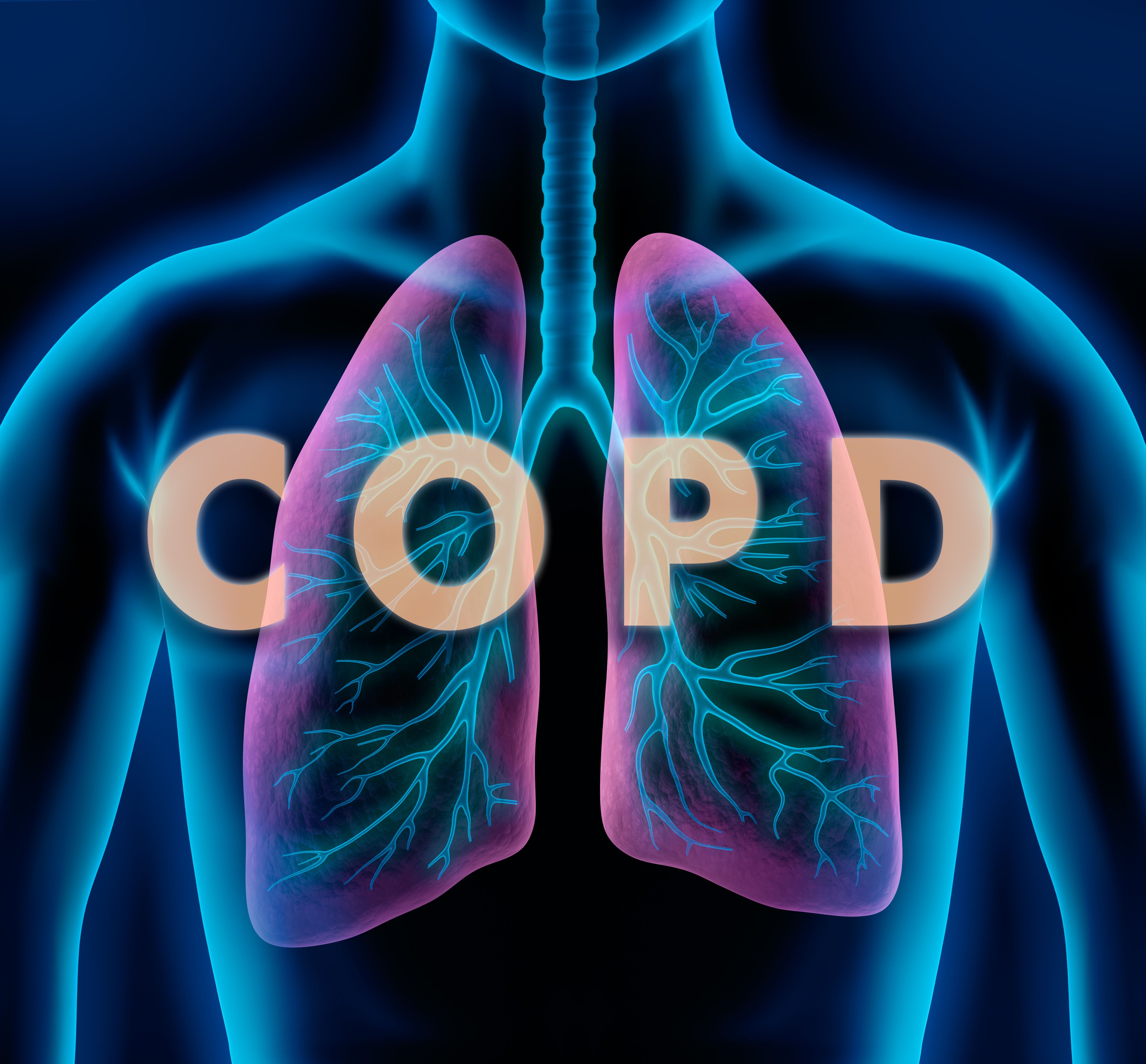News
Article
2025 GOLD Report: New Insights on COPD Risks, Management
Author(s):
The 2025 Global Initiative for Chronic Obstructive Lung Disease (GOLD) report highlighted climate change, cardiovascular risk, and pulmonary hypertension.
This article was originally published on HCPLive® and has been lightly edited.
Updates have been made in the 2025 Global Initiative for Chronic Obstructive Lung Disease (GOLD) Report, including 3 new sections and revisions to existing topics to reflect the latest advancements in chronic obstructive pulmonary disease (COPD).1,2
Claus F. Vogelmeier, MD, chair of the GOLD science committee and professor at the Philipps University of Marburg, presented the updated guidelines at the 2024 GOLD COPD conference in Philadelphia, PA, earlier this month.3 He highlighted several of the most notable updates.
Here, the HCPLive editorial team highlights key updates and new sections from the latest report:
The 2025 Global Initiative for Chronic Obstructive Lung Disease (GOLD) report highlighted climate change, cardiovascular risk, and pulmonary hypertension. | Image Credit: peterschreiber.media - stock.adobe.com

Added Sections to 2025 GOLD Report
One of the new sections highlights cardiovascular risk in COPD. Cardiovascular issues were noted as a significant concern in COPD management, affecting even patients deemed to be stable.
This new section includes a note that those with COPD may often also suffer from cardiovascular issues. However, these may be ignored by an attending clinician based on his or her area of expertise. Exacerbations of COPD (ECOPD) were shown to be linked with an increased risk of cardiovascular issues, potentially resulting from lung vessel compression, inflammation, or hypoxemia. In terms of recommendations, these included structured follow-ups following occurrences of ECOPD to evaluate and address any related comorbidities.
Another section covered pulmonary hypertension. In this new section, the necessity of a tailored approach to COPD management among individuals with pulmonary hypertension was delved into. This was also shown to depend on the underlying classification, given differences between group 3 vs group 1 or 4 pulmonary hypertension.
In this section, a figure was included that breaks down how physicians should manage individuals who have pulmonary hypertension-COPD based on the aforementioned pulmonary hypertension groups.
Thirdly, a section on the effects of global climate change was included. This portion aimed to address such impacts, with extreme weather having been shown to affect ECOPD, as well as hospitalizations.
Higher outdoor temperatures were shown to be linked with an increased risk of hospitalization for those with COPD. Conversely, lower outdoor temperatures were linked with a risk increase for exacerbations.
This new section on environmental impacts highlights the combined risks of air pollution and heat, which were demonstrated to elevate all-cause mortality in affected patients.
Revisions to Existing GOLD Report Sections
Updates were added to highlight spirometry and address diagnostic thresholds, including considerations of race-neutral lung function equations and the potential risks of overdiagnosis in older adults.
Another revision was made to CT Imaging. Specifically, the report included current details on CT scan utilization to detect nodules, COPD-associated morbidities, and emphysema.
An additional revision covered pharmacological treatments. Information was added on the roles of recently approved medications, like dupilumab and ensifentrine, for specific subgroups of patients with COPD; ensifentrine is a novel, first-in-class dual-inhibitor of both PDE3 and PDE4 inhibitors, which is inhaled and currently only accessible in the US.
The suggestion to consider adding ensifentrine was listed when patients on long-acting β2 agonists (LABAs) plus long-acting muscarinic antagonists (LAMAs) still have substantial levels of symptoms.
For dupilumab, a pooled analysis of 2 recent studies suggested that treatment with 300 mg dupilumab on an every-2-week basis improved patients' annualized exacerbation rate and pre-bronchodilator forced expiratory volume (FEV1) at week 52 among current/former smokers who have moderate to severe COPD and type 2 inflammation (blood eosinophil count 300 cells/μL).
Dupilumab has now been listed in the figure titled "Follow-up Pharmacological Treatment" as a therapy option, provided those on ICS plus LABA plus LAMA continue to have exacerbations and meet the aforementioned eosinophil count.
Lastly, there was a revision related to inhaled corticosteroids (ICS) withdrawal guidance. It includes a new framework for determining whether or not a cessation or continuation of ICS should be carried out; the revision favored triple therapy when indicated.
References
- Global initiative for chronic obstructive lung disease 2025 report. GOLD. Accessed November 26, 2024. https://goldcopd.org/wp-content/uploads/2024/11/GOLD-2025-Report-v1.0-12Nov2024_WMV-Draft.pdf.
- GOLD report 2025 key changes summary. GOLD. Accessed November 26, 2024. https://goldcopd.org/wp-content/uploads/2024/11/KEY-CHANGES-GOLD-2025-11Nov2024.pdf.
- Hornick I. 2025 GOLD report addresses cardiovascular risk, climate change, pulmonary hypertension. Healio. November 14, 2024. Accessed November 26, 2024. https://www.healio.com/news/pulmonology/20241114/2025-gold-report-addresses-cardiovascular-risk-climate-change-pulmonary-hypertension#:~:text=The%202025%20report%20also%20features,the%20figure%20in%20the%20report.




